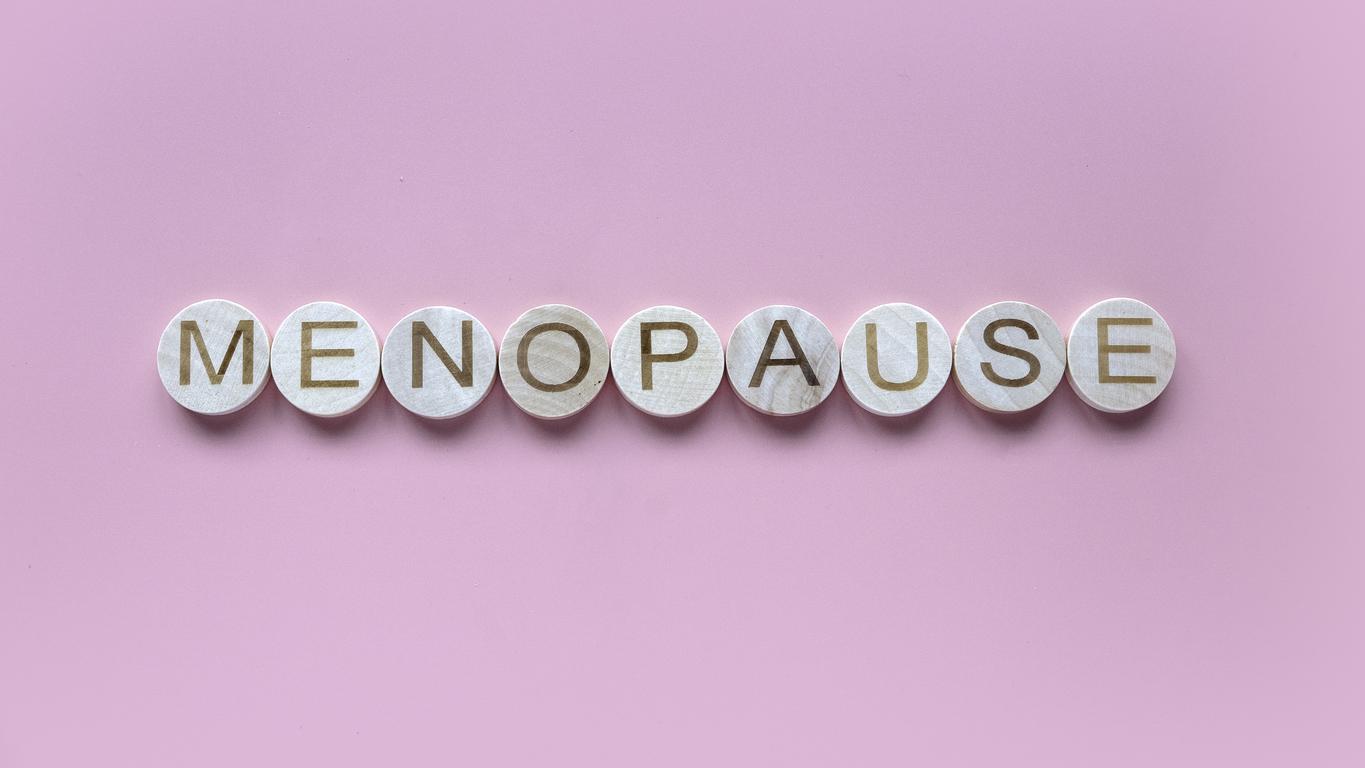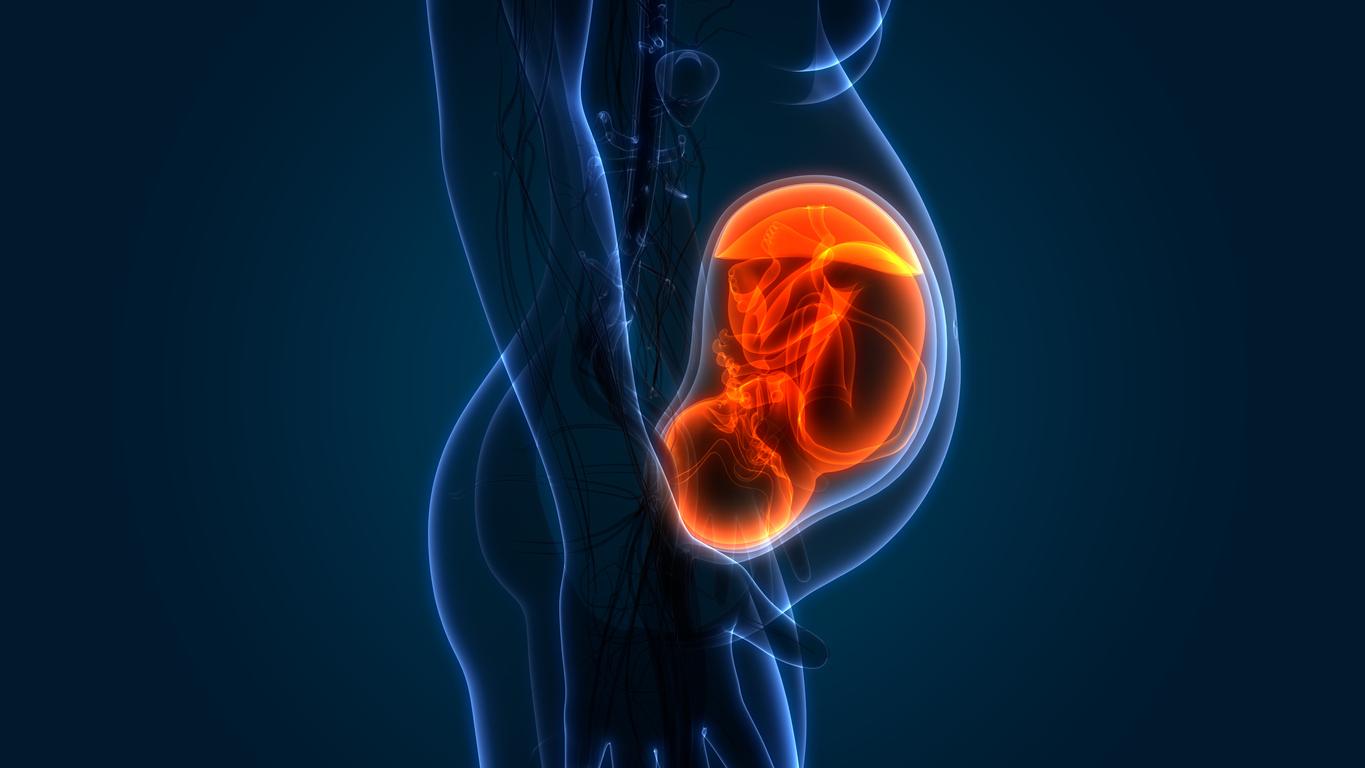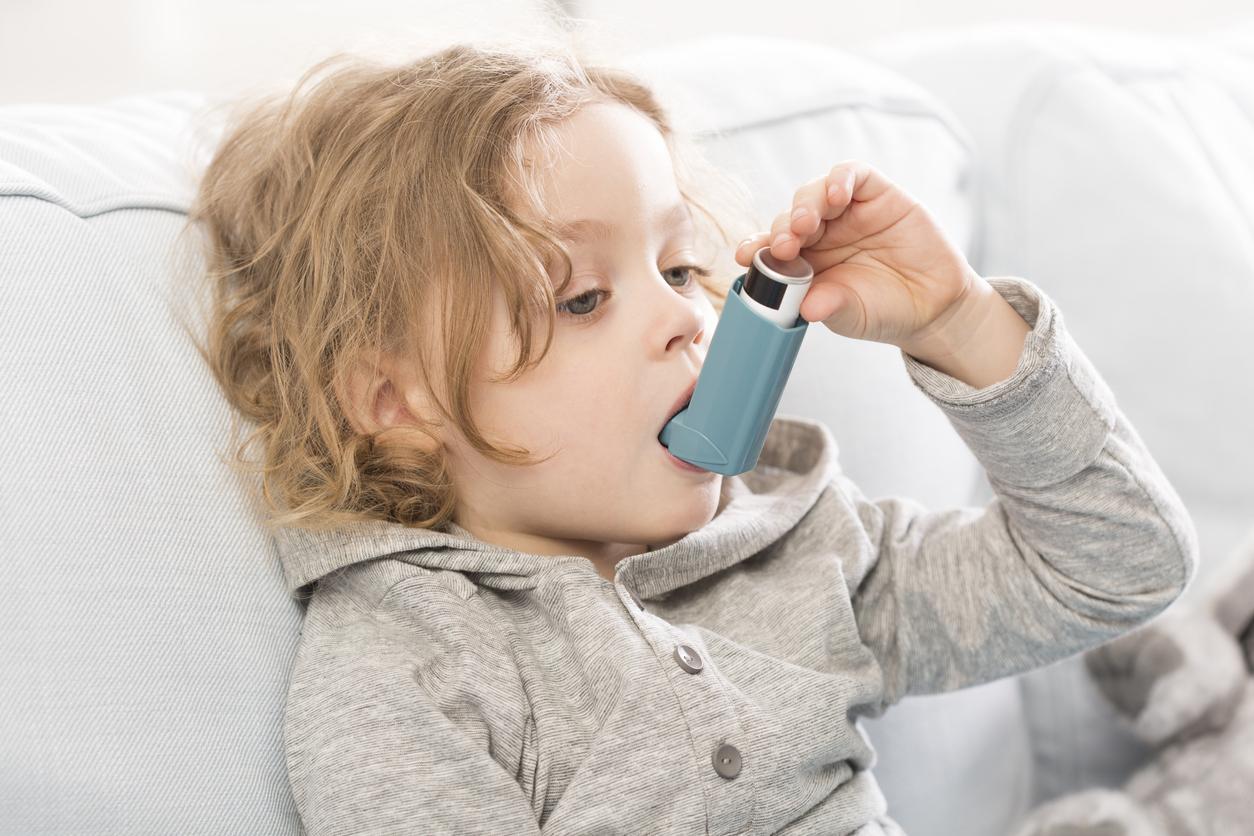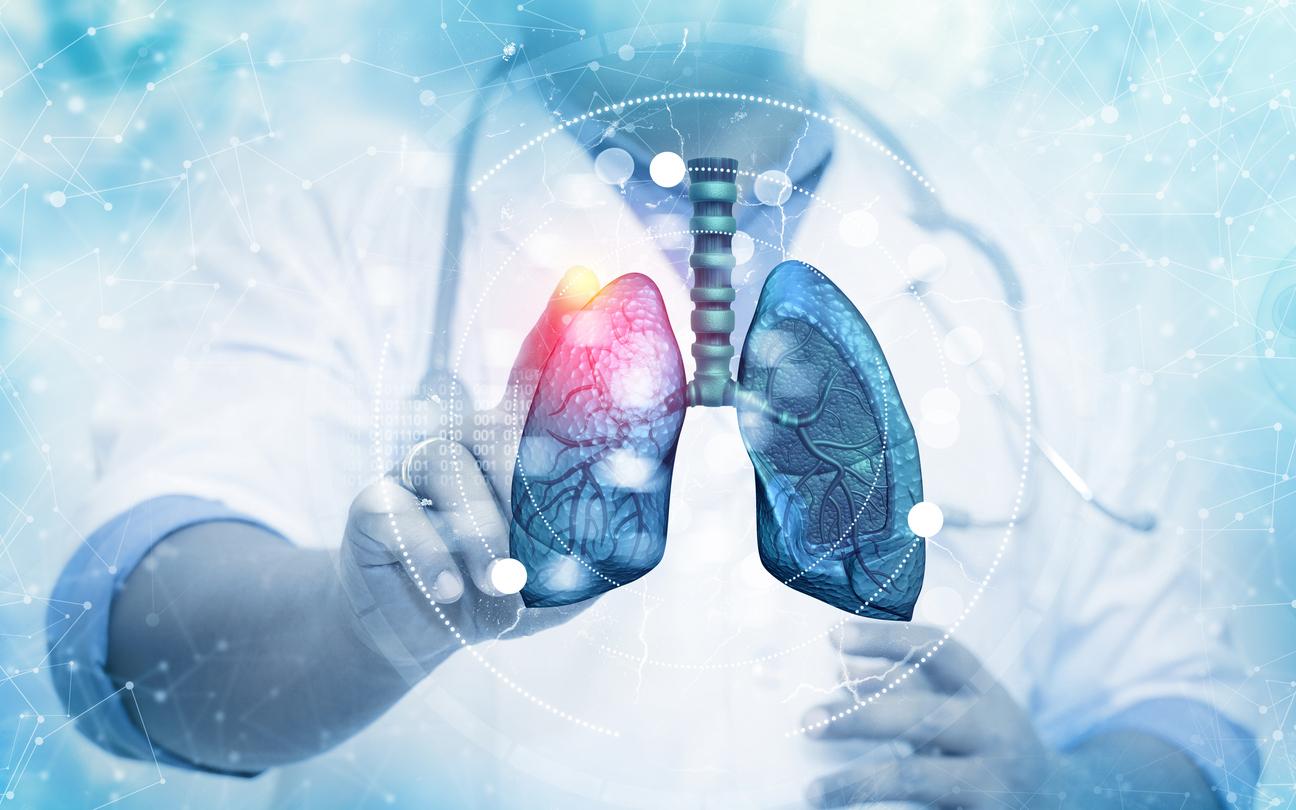New studies are showing a growing link between air pollution and increased asthma among children. Fine particles, nitrogen oxides and other pollutants penetrate deep into the lungs, irritating the airways and worsening asthma symptoms.
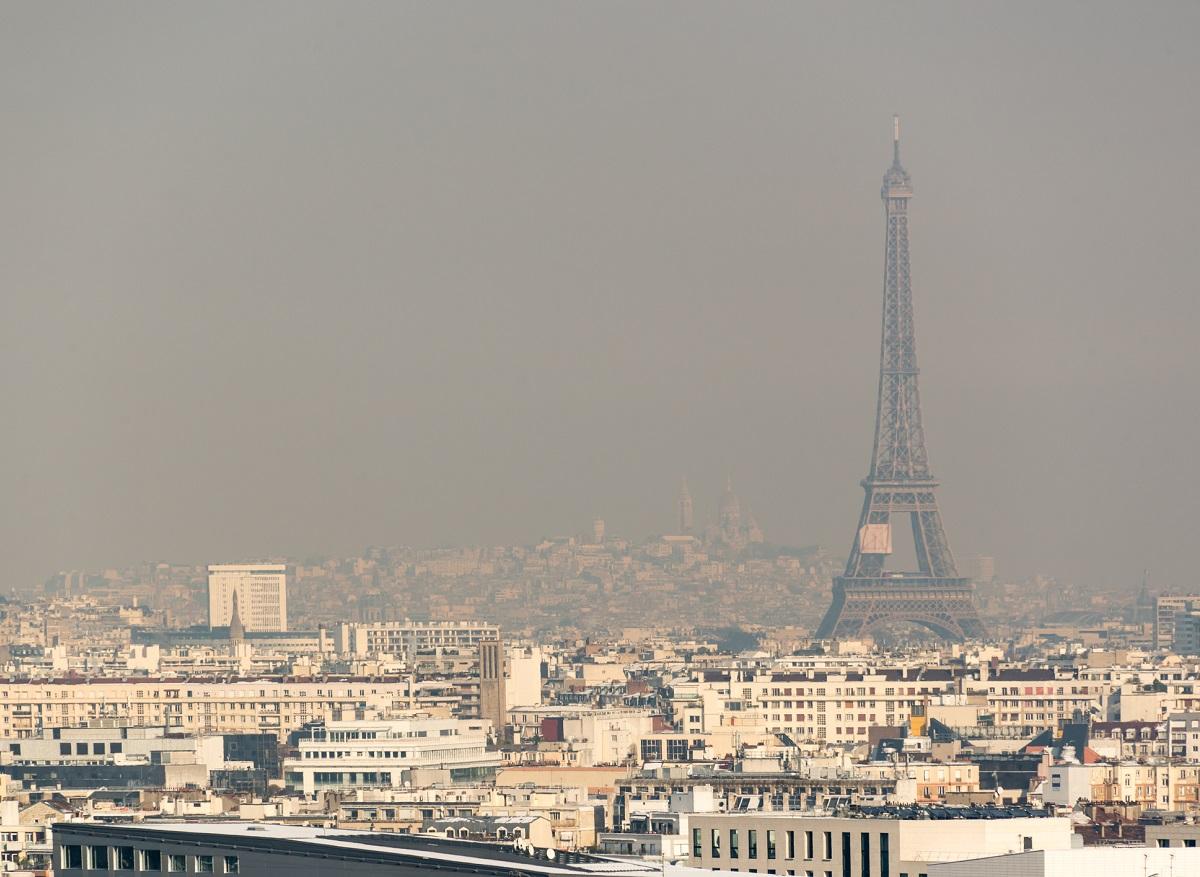
- Air pollution worsens respiratory problems in children.
- Exposure to pollutants increases the risk of developing asthma.
- It is urgent to reduce pollution to protect the health of young people.
The air we breathe, although invisible, can have dramatic consequences on our health, particularly that of the youngest. Faced with this alarming observation, it is urgent to take measures to improve air quality and protect the health of our children.
Asthma, a chronic disease that affects the respiratory tract, is constantly increasing among children. While many genetic and environmental factors are involved, scientists increasingly agree that air pollution plays a major role in the development and worsening of this disease.
How can air pollution promote the onset of asthma in children? The mechanisms are complex and multiple. Fine particles, particularly those from vehicle and industrial emissions, penetrate deep into the lungs. They cause inflammation of the airways, hypersecretion of mucus and bronchial spasms, all characteristic symptoms of asthma. Nitrogen oxides, produced by the combustion of fossil fuels, can also aggravate inflammation and reduce lung function.
The consequences for children’s health
The consequences of exposure to air pollution on children’s health are multiple and serious:
- Increased risk of developing asthma: Inhaling pollutants promotes the onset of asthma, particularly in children with a genetic predisposition.
- Worsening of symptoms: In children who already have asthma, air pollution increases the frequency and severity of attacks.
- Reduced lung function: Chronic exposure to pollution can lead to irreversible decline in lung function.
- Increased risk of respiratory infections: Pollution weakens the immune system and makes children more vulnerable to infections.
The most vulnerable populations
All children are exposed to air pollution, but certain populations are particularly vulnerable:
- Infants and young children: Their lungs are developing and more sensitive to external aggressions.
- Children living near sources of pollution: Children living near roads, industries or in dense urban areas are more exposed.
- Children with chronic illnesses: Children with asthma, allergies or heart disease are more susceptible to the effects of pollution.
What can we do to protect our children?
Faced with this alarming observation, it is urgent to take measures to improve air quality and protect the health of our children:
- Reduce pollutant emissions: Encourage the use of public transport, develop renewable energies, strengthen vehicle and industrial emission standards.
- Improve air quality monitoring: Set up more efficient monitoring networks to better understand pollution levels and alert the population in the event of a peak.
- Inform and raise awareness: Educate parents and children about the risks of pollution and the actions to take to protect themselves.
- Support research: Fund research to better understand the mechanisms of the impact of pollution on health and develop new prevention strategies.
Air pollution poses a serious threat to our children’s respiratory health. It is imperative that we act quickly and effectively to reduce our exposure to pollutants and protect future generations. By adopting more environmentally friendly behaviors and demanding ambitious public policies, we can give our children a healthier, more breathable future.










